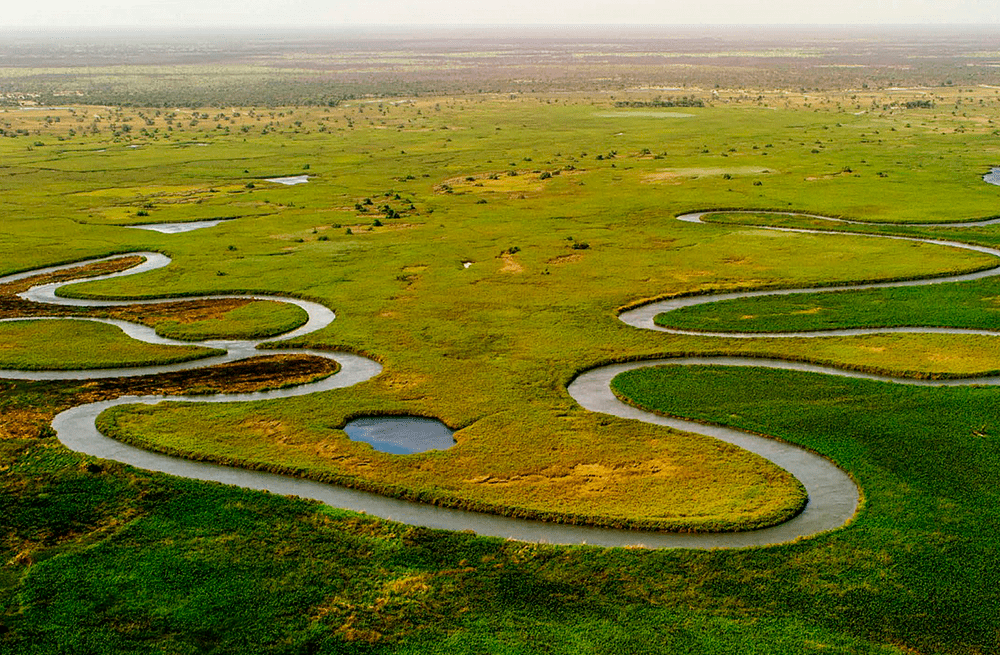Site Selection
Finding the best site location for your business.
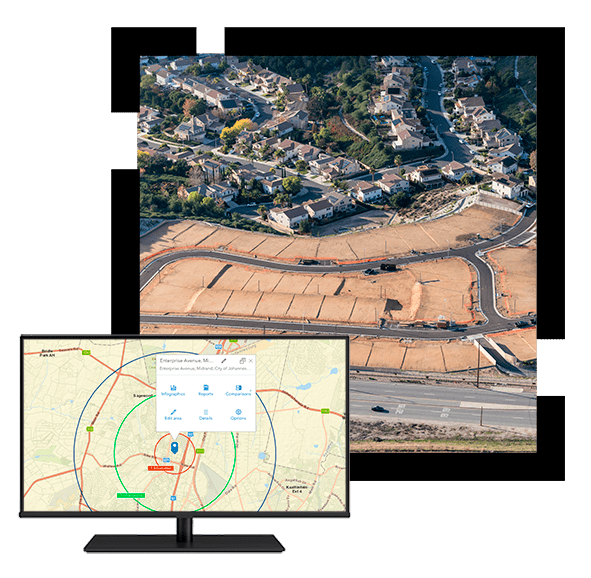
Site selection is the process of evaluating and choosing the most suitable location for a specific purpose, such as a business operation or development project. This process involves a comprehensive assessment of various factors to ensure the chosen site aligns with organisational mandates, operational needs, and strategic objectives. The goal of site selection is to optimise operations, minimise risks, and maximise long-term success by aligning the location with strategic and operational priorities. Site selection tools such as ArcGIS Online is often employed in this process to provide spatial analysis and data visualisation, enhancing decision-making.
Why use Site Selection?
The value of site selection lies in its ability to identify optimal locations that align with strategic goals, optimise operations, and minimise risks. By leveraging comprehensive data analysis and tools like GIS, the process provides actionable insights into market potential, cost efficiency, accessibility, and sustainability.
This ensures businesses maximise returns, enhance customer and employee satisfaction, and position themselves for long-term growth and adaptability in a competitive landscape.
Site Selection as a tool for decision making
A GIS-based site selection solution optimises the process by integrating spatial data, advanced analytics, and visualisation tools to identify optimal locations. It begins by defining objectives and gathering diverse datasets, such as demographics, infrastructure, and environmental factors, to name a few.
Using the ArcGIS suite of software, suitability models and proximity analyses are conducted, visualising results through interactive maps and dashboards. The solution supports scenario simulations and collaborative decision-making, enabling stakeholders to evaluate sites based on strategic goals. It delivers actionable insights and implementation plans, ensuring data-driven, sustainable, and future-proof site selection decisions.
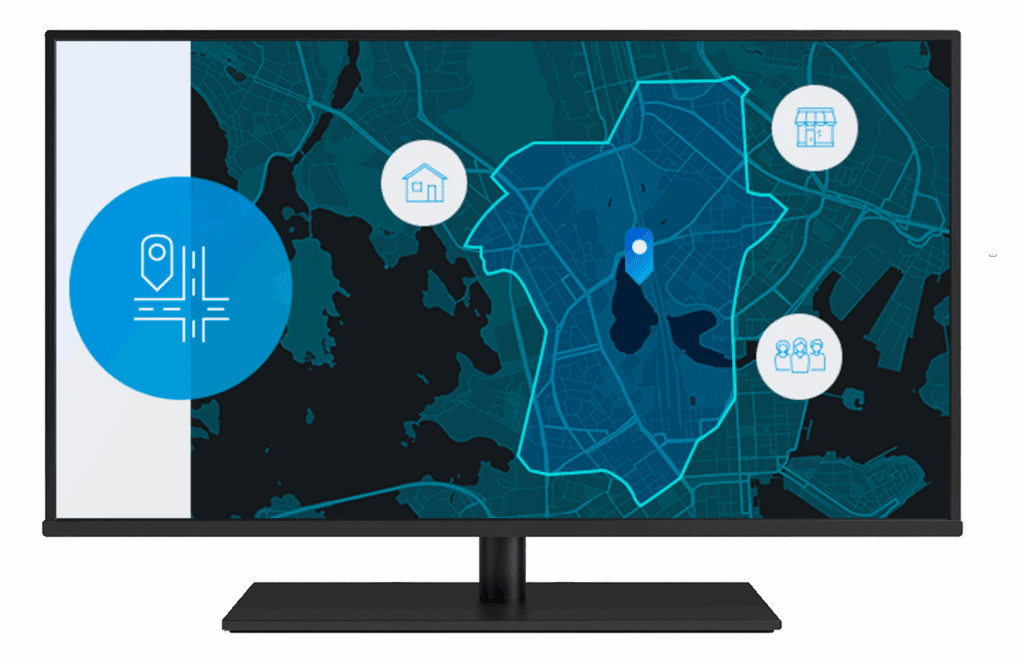
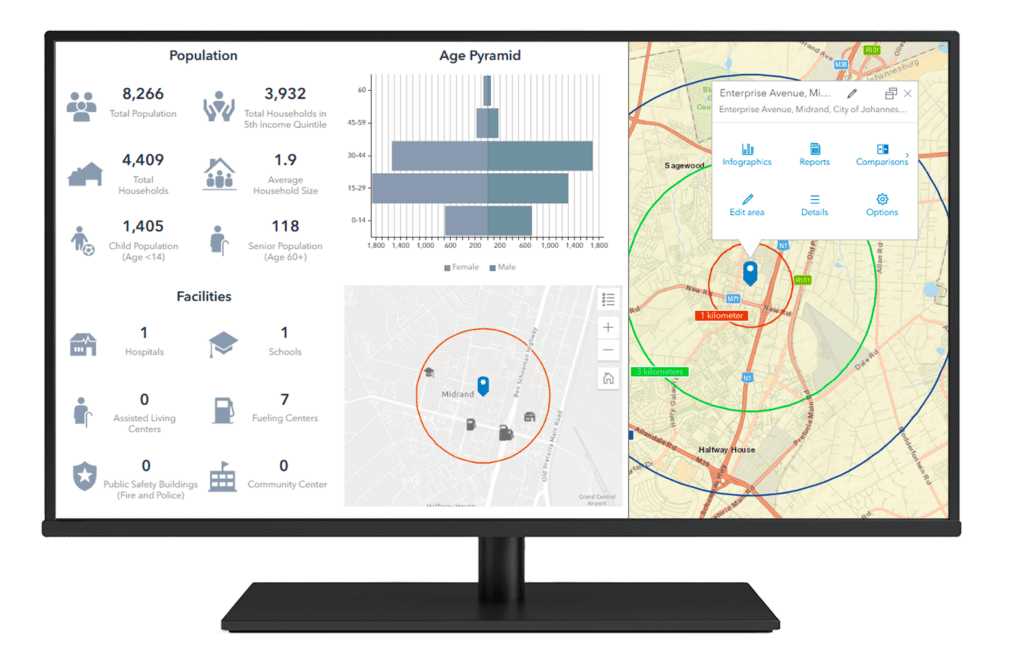
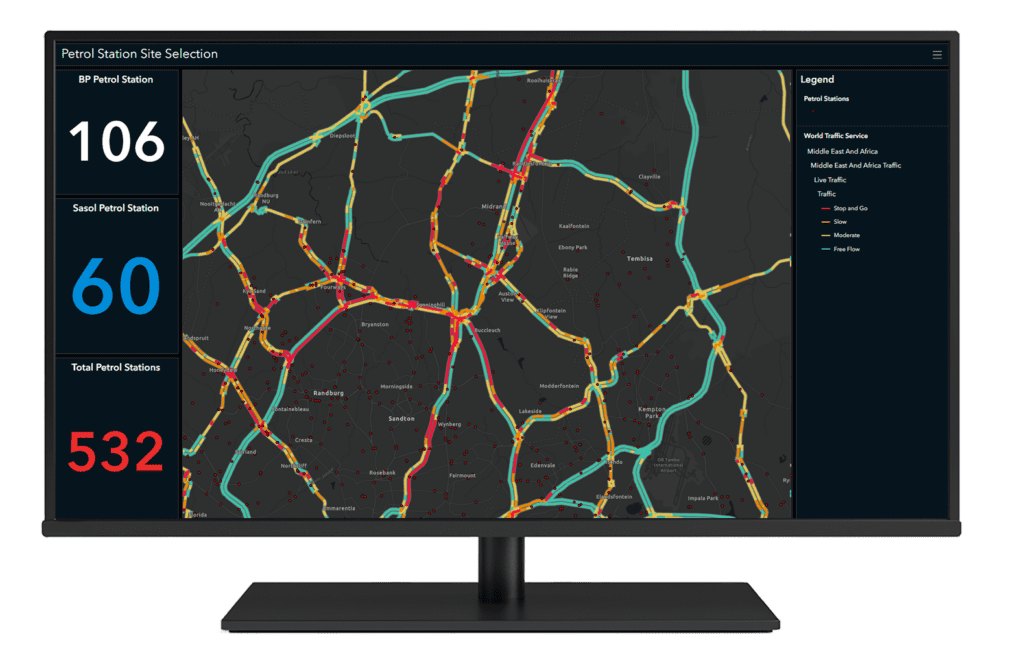
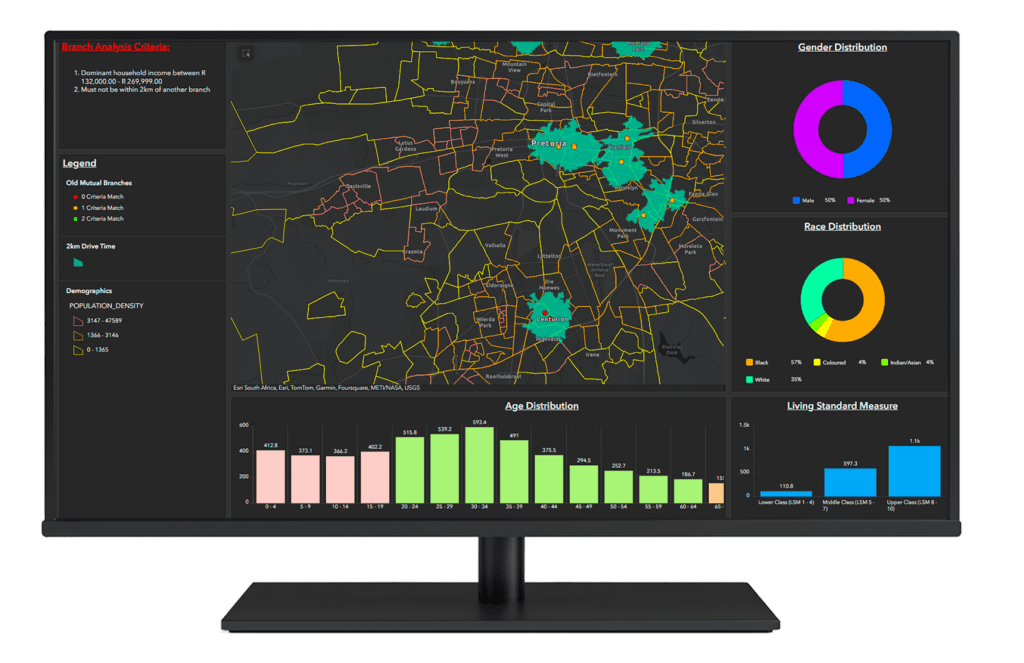
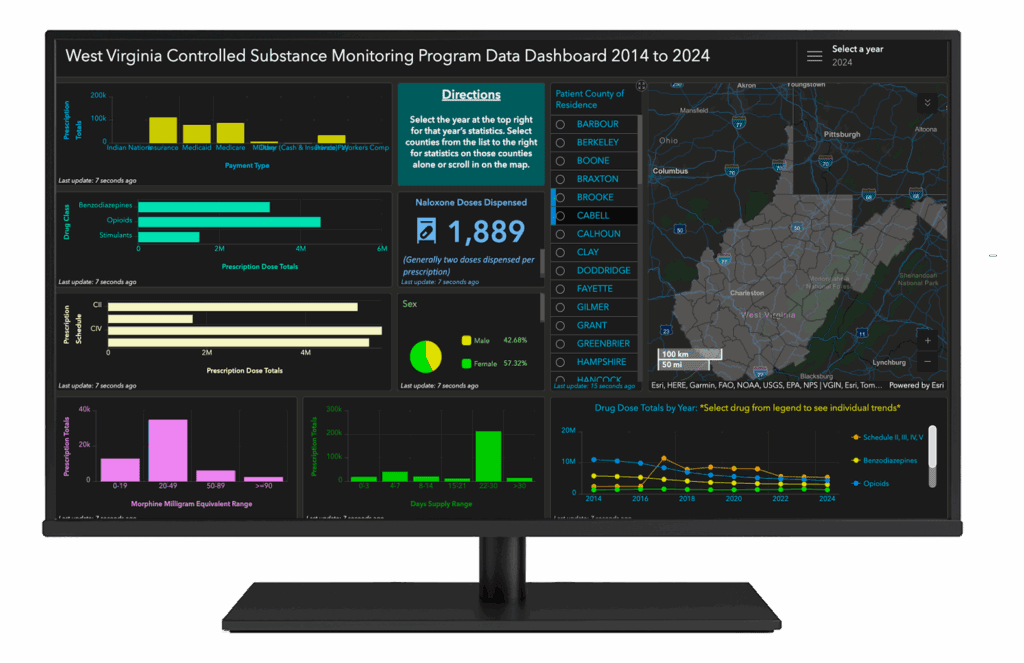
Site Selection as a tool for decision making







